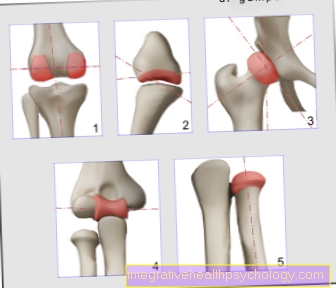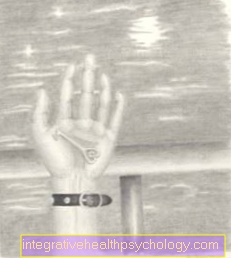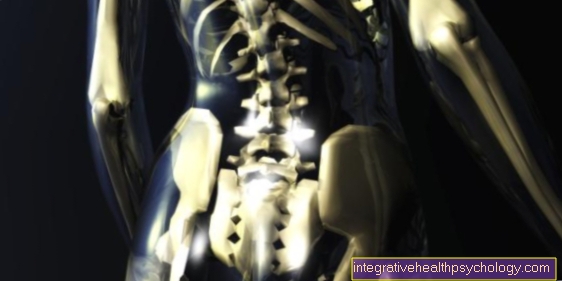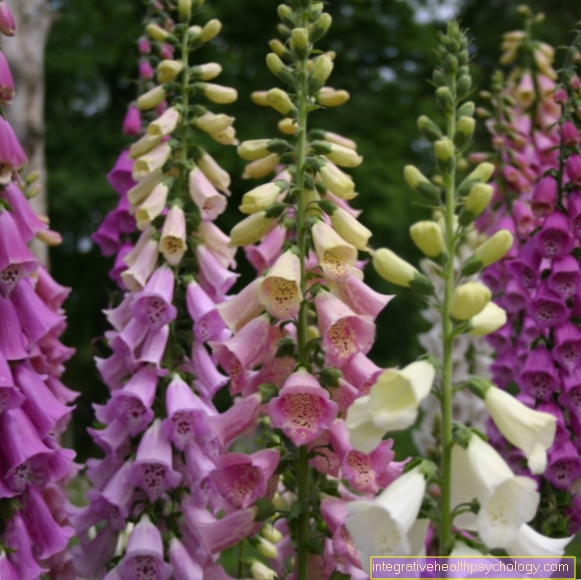Bärlapp
Latin name: Lycopodium clavatum
Genus: Bear moss family, protected, herb toxic (Spores non-toxic)
Common names: Alpine flour, witch's herb, earth sulfur, snake moss
Plant description Bärlapp
Plant description: Perennial herb that creeps on the ground, densely covered with small leaflets, not flowering. Strongly branched, shoots grow ascending and reach a height of 10 to 15 cm. At its end there are velvety fruit spikes which contain spores.
Flowering time:The spores ripen in July to August.
Origin: Occurrence throughout Europe, preferably on dry heaths and moors. We do not allow you to collect bear mats. The plant is imported from China or Eastern Europe for the production of medicines.
Plant parts used medicinally
The spores are collected from the fruit ears. They can be easily obtained by knocking out the spore stands.
ingredients
The spores contain about 50% fat, organic acids, sugar and very small amounts of alkaloids which are also contained in the herb. Also sporonin, a cellulosic carbohydrate. The herb contains poisonous alkaloids.
Healing effects and use of Bärlapp
Bear moss spores have a pain-relieving and anti-inflammatory effect as wound powder. There is a feeling of cooling.
Used in the pharmacy for powdering prepared pills. Bear moss herb is more effective, it has a diuretic, antispasmodic and pain reliever, but is poisonous.
Lycopodium is a very important remedy in homeopathy. Commonly used as tablets or drops in D3,4,6. Used for liver dysfunction, gall and kidney stones, congestion in the veins of the abdomen and legs, for gout and rheumatic diseases.
Preparation of bear moss
Because of the toxicity of the herb, the layman should refrain from using this drug. The spores are harmless because the toxic alkaloids (if any) are only present in very small quantities. Lycopodium is recommended as a homeopathic remedy.
side effect
There are no known side effects of bear moss spores as a powder for external use. Bear moss herb leads to poisoning!





























